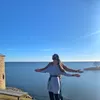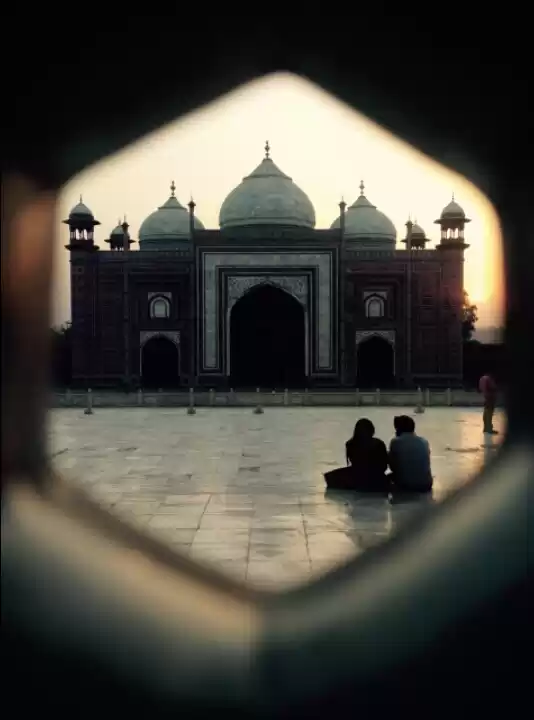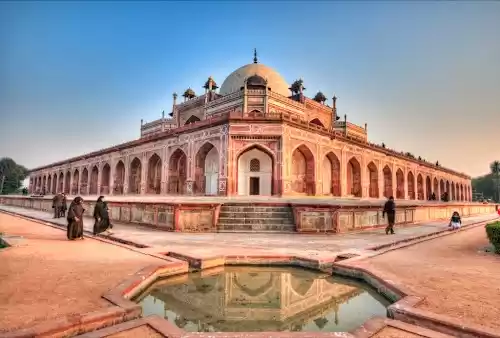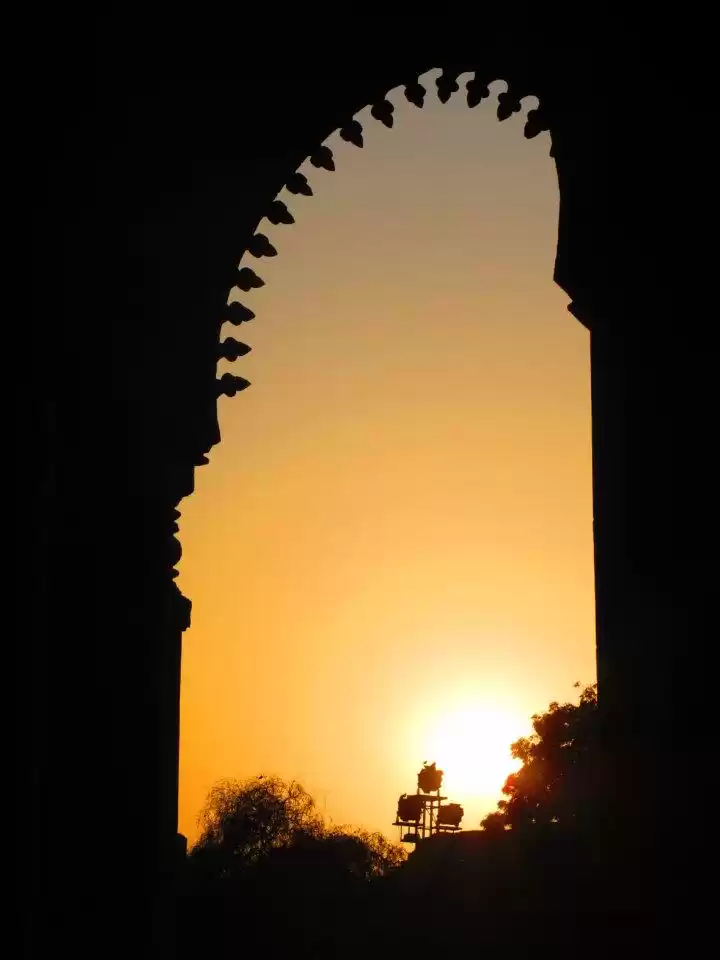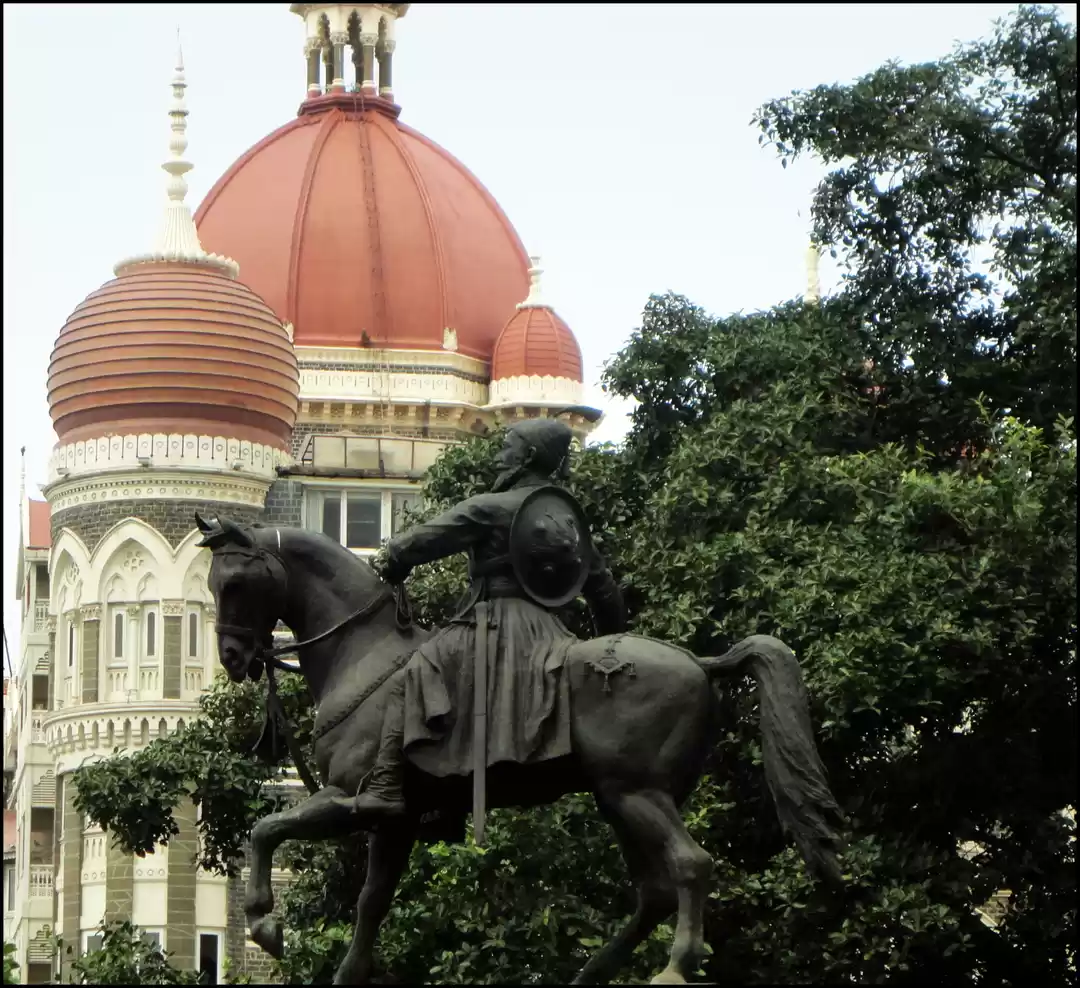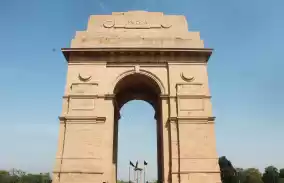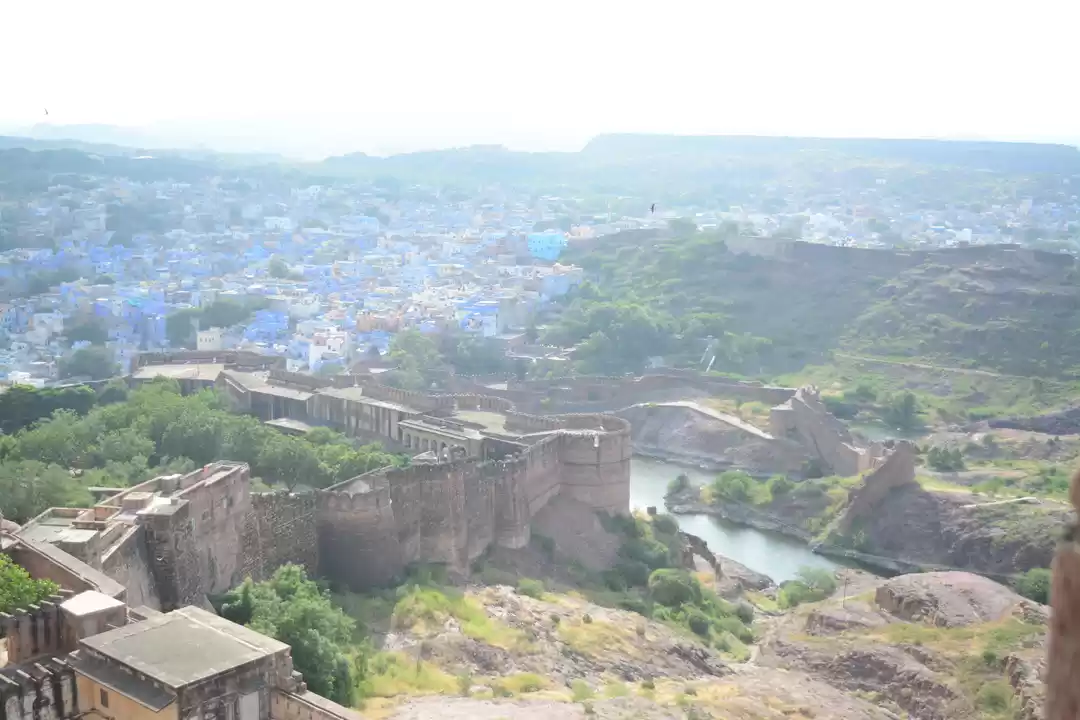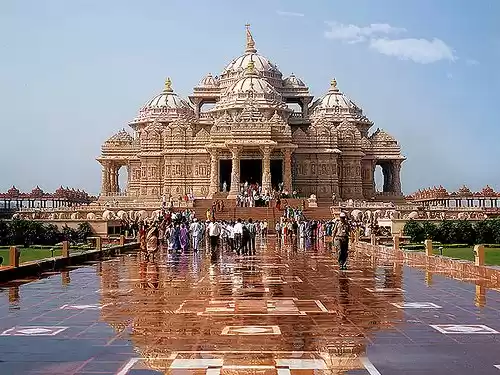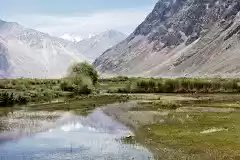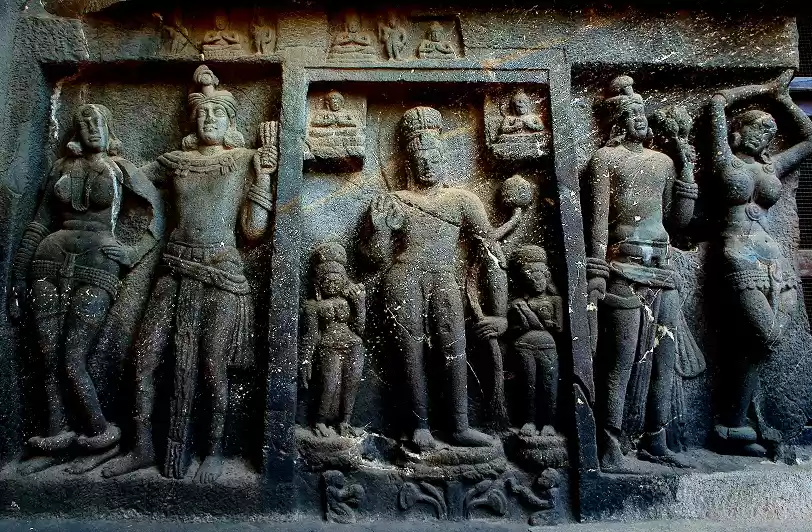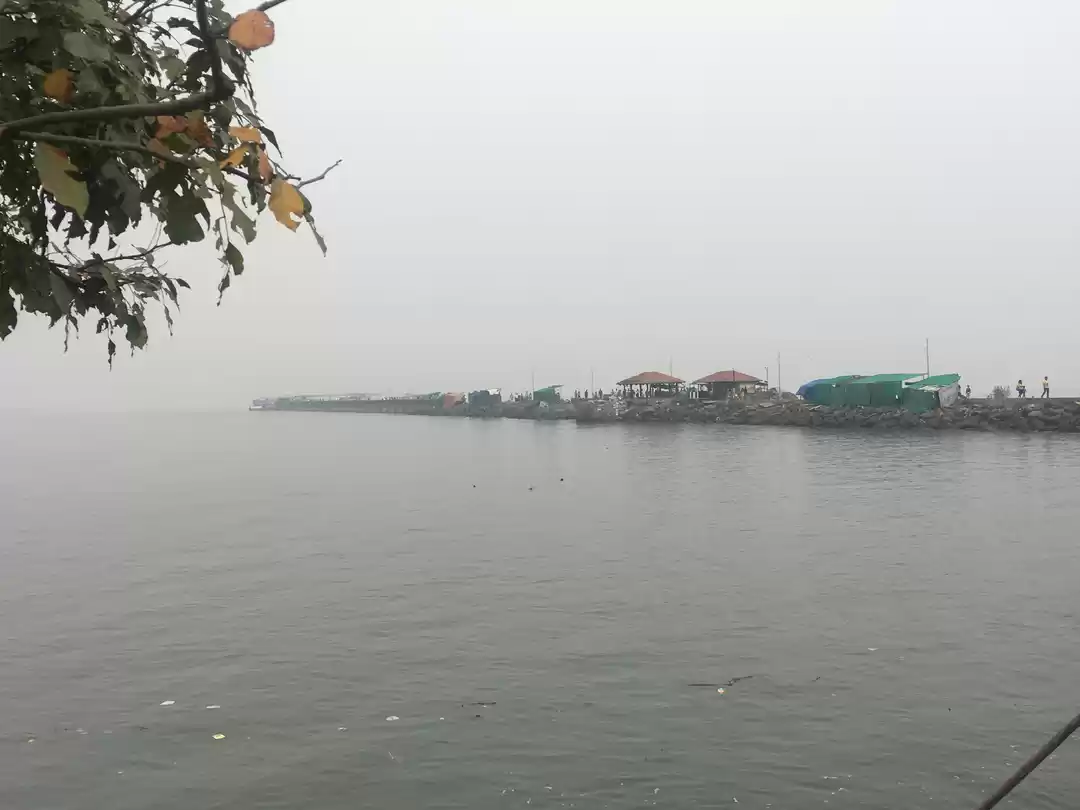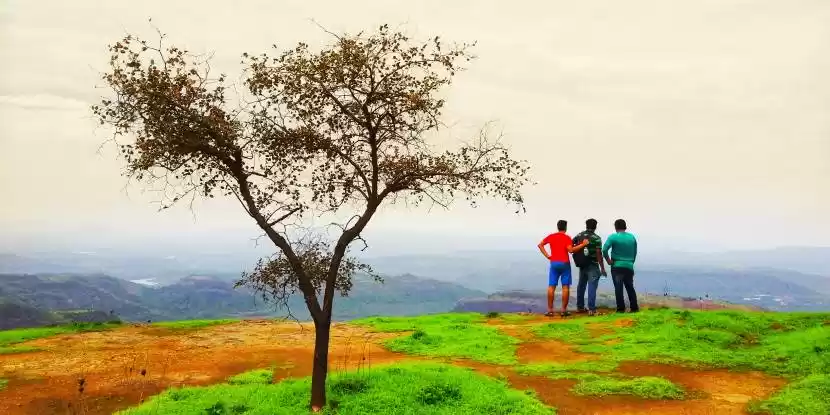Have you ever wondered what it would be like to travel back in time and witness the glory of ancient India? If yes, then you should definitely visit the Karla Caves in Maharashtra, a UNESCO World Heritage Site and a popular tourist attraction in Lonavala. These caves are not only a marvel of engineering and art, but also a testament to the rich cultural and religious heritage of India.
In this article, we will take you on a journey to the Karla Caves and show you why they are worth visiting.

History and Architecture
The Karla Caves are among the oldest and most impressive examples of rock-cut architecture in India. They date back to the 2nd century BCE to the 5th century CE, and were carved out of a massive basalt rock by Buddhist monks. The caves served as monasteries, temples, and schools for the followers of Buddhism, and also as a place of refuge during times of war and persecution.
The Karla Caves consist of 16 caves, but the most remarkable one is the main chaitya hall, which is the largest and most well-preserved rock-cut prayer hall in India. The hall measures 45 meters long, 14 meters wide, and 16 meters high, and has a vaulted roof supported by 37 octagonal pillars. The hall is adorned with intricate carvings of human and animal figures, floral motifs, and geometric patterns. The hall also features a stunning lion pillar at the entrance, which bears an inscription of King Bhulika Bhati, who donated the pillar in the 2nd century CE. The pillar symbolizes the power and generosity of the king, as well as the protection and guidance of Buddhism.
The main chaitya hall also houses a magnificent stupa, which is a dome-shaped structure that contains the relics of Buddha or his disciples. The stupa is surrounded by a wooden railing and has a harmika (a square platform) on top, which supports a chhatra (an umbrella-like structure). The stupa represents the enlightenment and nirvana of Buddha, as well as his teachings and virtues. The stupa is also flanked by two large sculptures of elephants with riders, which signify the royal patronage and support for Buddhism.
The other caves in the complex include smaller chaityas (prayer halls), viharas (living quarters), and cells (bedrooms) for the monks. Some of these caves also have inscriptions that record the names and donations of various individuals and groups, such as merchants, traders, guilds, women, etc. These inscriptions reveal the social and economic life of the people who supported Buddhism and contributed to the construction and maintenance of the caves.
The Karla Caves are not only remarkable for their size and beauty, but also for their longevity and preservation. Despite being exposed to natural elements and human interventions for over two millennia, the caves have retained their original form and charm. They are a living testimony to the skill and devotion of the ancient craftsmen and monks who created them.
Also Read: Ancient Architecture and Sculpture at Karla Caves in Maharashtra
Location and Directions
The Karla Caves are located in the Western Ghats mountain range, about 12 kilometers from Lonavala, a hill station in Maharashtra. Lonavala is about 65 kilometers from Pune and 100 kilometers from Mumbai, making it an ideal weekend getaway for city dwellers.
To reach the Karla Caves from Lonavala, you can take a bus or a taxi to Karla village, which is about 8 kilometers away. From there, you can walk or hire an auto-rickshaw to reach the base of the hill where the caves are situated. Alternatively, you can also drive your own vehicle to the parking lot near the caves.
To reach Lonavala from Pune or Mumbai, you can take a train or a bus that runs frequently between these cities. You can also drive your own vehicle via the Mumbai-Pune Expressway or the old Mumbai-Pune Highway.
The best time to visit the Karla Caves is between October and March, when the weather is pleasant and dry. The caves are open from 9 am to 5 pm every day, except on Mondays. The entry fee is Rs. 15 for Indians and Rs. 200 for foreigners.

How to Visit and What to See
Visiting the Karla Caves is a rewarding and enriching experience, but it also requires some physical effort and preparation. To reach the caves, you have to climb about 350 steps that are steep and uneven. The climb can take about 20 to 30 minutes, depending on your fitness level and pace. You should wear comfortable shoes and clothes, carry enough water and snacks, and avoid visiting the caves during the peak hours of the sun.
Once you reach the caves, you will be greeted by a large archway that leads to the main chaitya hall. This is the most impressive and important part of the complex, and you should spend some time admiring its architecture and carvings. You can also enter the hall and see the stupa and the pillars from inside. You should be respectful and quiet inside the hall, as it is still a sacred place for Buddhists.
After visiting the main chaitya hall, you can explore the other caves in the complex, which are smaller and less decorated, but still interesting. You can see the different types of viharas and cells that were used by the monks for living and studying. You can also see some inscriptions that record the donations and names of various benefactors of the caves.
Apart from the caves, you can also visit the Ekvira temple, which is located next to the main chaitya hall. This temple is dedicated to Goddess Ekvira, who is believed to be the protector of fishermen and salt-makers. The temple is a popular pilgrimage site for Hindus, especially during the Navratri festival in September or October. The temple also offers a panoramic view of the surrounding hills and valleys.
If you have more time and energy, you can also visit some nearby places that are worth seeing, such as:
Bhaja Caves: These are another set of rock-cut caves that are similar to Karla Caves, but older and smaller. They are located about 3 kilometers from Karla Caves, and can be reached by a short trek or a drive. They have 22 caves, including a large chaitya hall with a wooden roof, a stupa with a carved umbrella, and some sculptures of Buddha and Bodhisattvas.
Lohagad Fort: This is a hill fort that was built by the Maratha ruler Shivaji in the 17th century. It is located about 10 kilometers from Karla Caves, and can be reached by a trek or a drive. It offers a splendid view of the surrounding landscape, as well as some historical monuments such as gates, walls, bastions, cannons, etc.
Bhushi Dam: This is a masonry dam that was built on the Indrayani river in 1860. It is located about 6 kilometers from Karla Caves, and can be reached by a bus or a taxi. It is a popular picnic spot for locals and tourists alike, especially during the monsoon season when the water overflows and creates a waterfall.
Conclusion
The Karla Caves are a must-visit destination for anyone who loves history, culture, art, and nature. They are a treasure trove of ancient India’s glory and diversity, as well as a place of peace and spirituality. They are also a great option for a weekend getaway from Pune or Mumbai, as they offer a refreshing break from the hustle and bustle of city life.
So what are you waiting for? Plan your trip to the Karla Caves today and experience their charm and beauty for yourself. And don’t forget to share your feedback and comments with us on Tripoto, your trusted travel partner.


